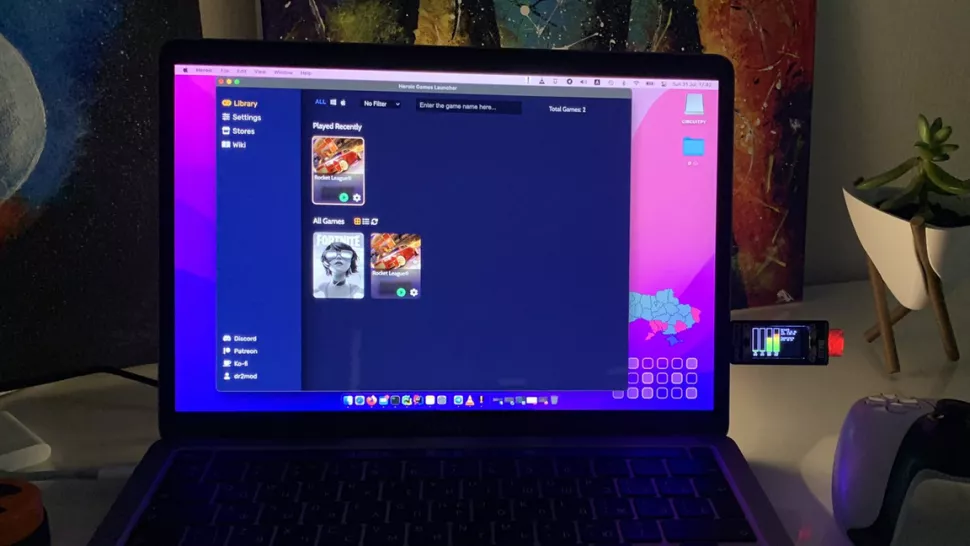Programming Leftovers


-
How to Recode Values in R | R-bloggers
How to Recode Values in R, On sometimes, you might want to recode specific values in an R data frame. Fortunately, the recode() method from the dplyr package makes this simple to accomplish.
-
Linux could go Rusty in the next release
Linux has been written in the C programming language for more than 30 years but the last few years have seen a growing momentum to make the Rust programming language Linux's second Linux language.
-
Mite: an OO compiler for Perl
Moose is great, but it does introduce a slight performance hit to your code. In the more than 15 years since it was first released, hardware improvements have made this less of a problem than it once was. Even so, if performance is a concern for your project, Moose might not be what you want. It also has a fairly big collection of non-core dependencies.
Moo is a lighter weight version, minus with meta-object protocol, but supporting nearly all of Moose's other features. It loads faster, sometimes runs faster, and has fewer dependencies. (And most of the dependencies it does have are just modules which used to be part of Moo but were split out into separate distributions.)
But what if you could have fast Moose-like object-oriented code without the dependencies?
In 2013, Michael Schwern started work on Mite to do just that. It was abandoned in 2014, but I've taken it over and expanded the feature set to roughly equivalent to Moo.
-

- Login or register to post comments
 Printer-friendly version
Printer-friendly version- 2236 reads
 PDF version
PDF version
More in Tux Machines
- Highlights
- Front Page
- Latest Headlines
- Archive
- Recent comments
- All-Time Popular Stories
- Hot Topics
- New Members
today's howtos
|
Open Hardware: XON/XOFF and Raspberry Pi Pico
|
Security Leftovers
|
How to Apply Accent Colour in Ubuntu Desktop
A step-by-step tutorial on how to apply accent colour in Ubuntu desktop (GNOME) with tips for Kubuntu and others.
|






 This section of TuxMachines will no longer have new stories in it (with some caveats, including this post). To see the latest stories go to
This section of TuxMachines will no longer have new stories in it (with some caveats, including this post). To see the latest stories go to 

.svg_.png)
 Content (where original) is available under CC-BY-SA, copyrighted by original author/s.
Content (where original) is available under CC-BY-SA, copyrighted by original author/s.

Recent comments
2 days 15 min ago
2 days 4 hours ago
2 days 4 hours ago
3 days 11 hours ago
3 days 12 hours ago
3 days 13 hours ago
3 days 13 hours ago
3 days 13 hours ago
3 days 16 hours ago
3 days 18 hours ago